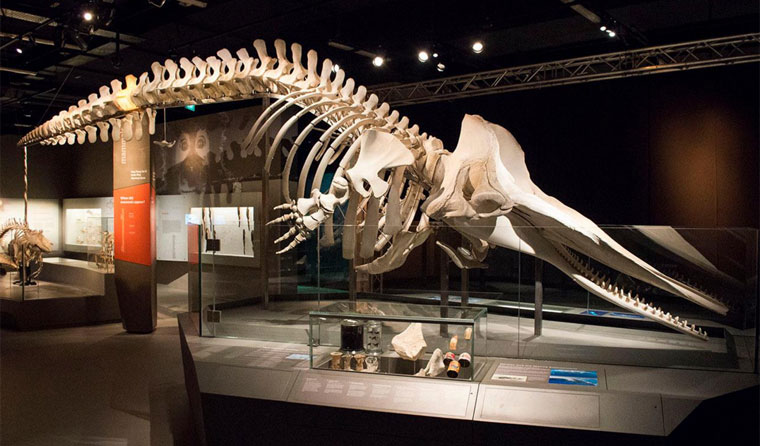From this:
To this:
After'>
The carcass of the 10.6m-long adult female sperm whale discovered floating off Jurong Island on July 10 last year has been stripped off its blubber and other soft parts.
Since its discovery, museum staff have worked around the clock for months extracting as much data as possible from the carcass and preserving the skeleton.
Officially unveiled on March 14 and opened to the public on March 15, the skeleton of the whale is now on display at the Lee Kong Chian Natural History Museum.
Around $1.3 million was raised to mount and maintain the exhibit and for the scientific and educational efforts.
These efforts include highlighting the issue of mad-made waste in oceans as the gut of the whale was found to contain plastics:
The museum had initially planned to raise $1 million.
The money came from organisations and individuals, some of whom attended a fund-raising dinner at the Singapore Zoo on Feb 20.
It was the first time that the marine mammal has been spotted in Singapore waters, it was later dubbed Jubi Lee by staff at the museum.
This is a reference to the fact that it was found in Singapore waters during the nation's Golden Jubilee year.
Analysis from the DNA team discovered that the whale had the same mitochondrial genetic signature common in sperm whales found in the North Pacific Ocean.
From 15-31 March 2016, visitors who purchase admission tickets with Mastercard will enjoy 20% off. All other accepted cards will enjoy 10% off.
If you like what you read, follow us on Facebook and Twitter to get the latest updates.
